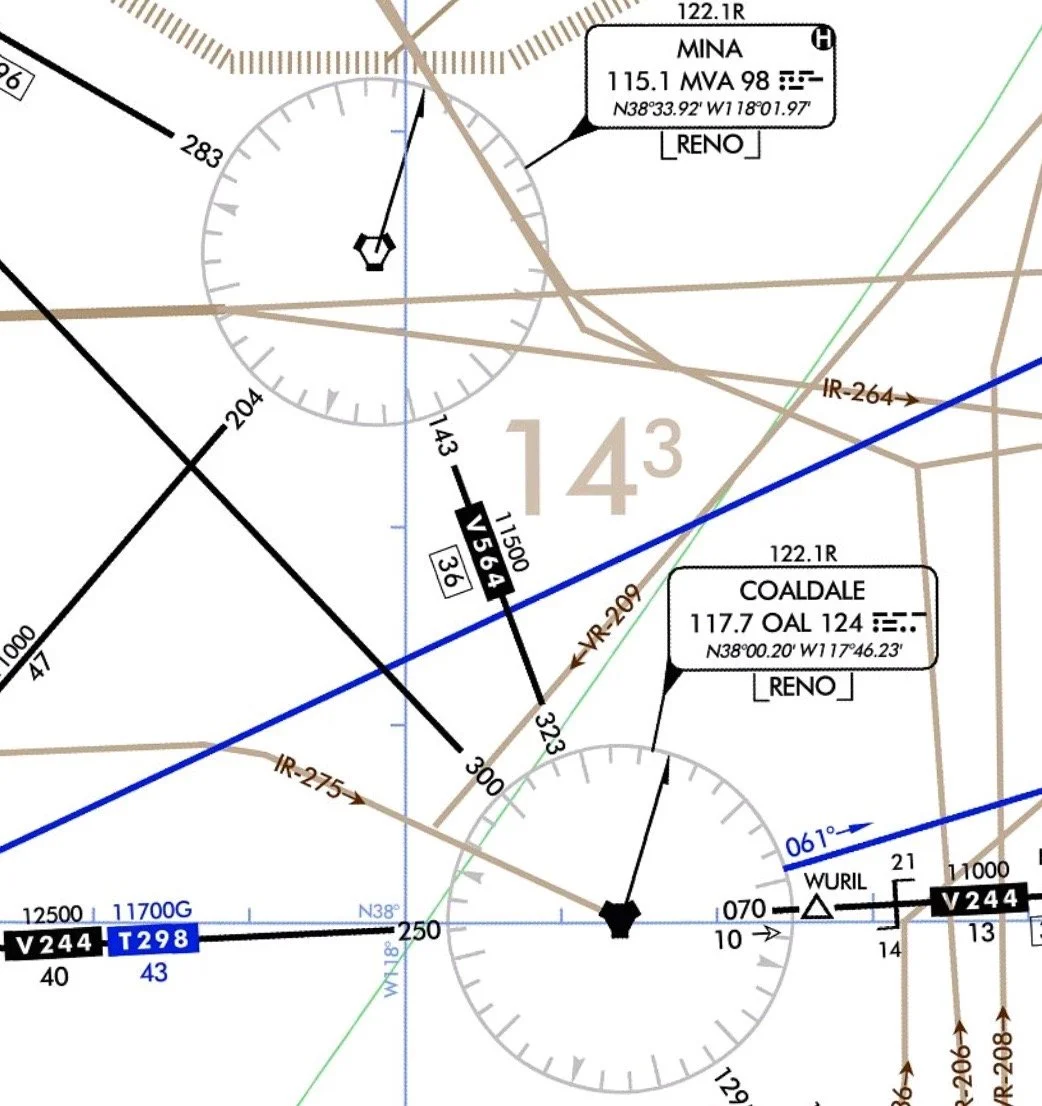Reporting
The pilot must report:
a. When vacating any previously assigned altitude or flight level for a newly assigned altitude or flight level.
b. When an altitude change will be made if operating on a clearance specifying VFR-On-Top.
c. When unable to climb/descend at a rate of at least 500 feet per minute.
d. When an approach has been missed (request clearance for specific action; i.e., to alternate airport, another approach, etc.).
e. When there is a change in the average true airspeed (at cruising altitude) when it varies by 5 percent or 10 knots (whichever is greater) from that filed in the flight plan.
f. The time and altitude or flight level upon reaching a holding fix or point that the pilot is cleared to.
g. When leaving any assigned holding fix or point.
h. Any loss, in controlled airspace, of VOR, TACAN, ADF, low-frequency navigation receiver capability, GPS anomalies while using installed IFR-certified GPS/GNSS receivers, complete or partial loss of ILS receiver capability or impairment of air/ground communications capability.
i. Any information which relates to the safety of the flight.
j. Upon encountering weather or hazardous conditions not forecast.
k. Along direct routes, reports are required of all IFR flights over each point used to define the route of flight. Unpublished RNAV routes are direct routes based on area navigation capability, between waypoints defined in terms of latitude/longitude coordinates, degree-distance fixes, or offsets from established routes/airways at a specified distance and direction. Radar monitoring by ATC is required on all unpublished RNAV routes.
l. When not in radar contact, pilots are required to make position reports that include the following information:
a. Identification
b. Position
c. Time
d. Altitude or flight level
e. Type of flight plan (not required in IFR position reports made directly to ARTCCs or approach control)
f. ETA and name of next reporting point (a corrected estimate must be given anytime it becomes apparent that a previously submitted time estimate is in error in excess of three minutes)
g. The name only of the next succeeding reporting point along the route of flight
h. Pertinent remarks
i. When leaving the final approach fix inbound on the final (non-precision) approach, or when leaving the outer marker (or fix used in lieu of the outer marker) inbound on the final (precision) approach.

